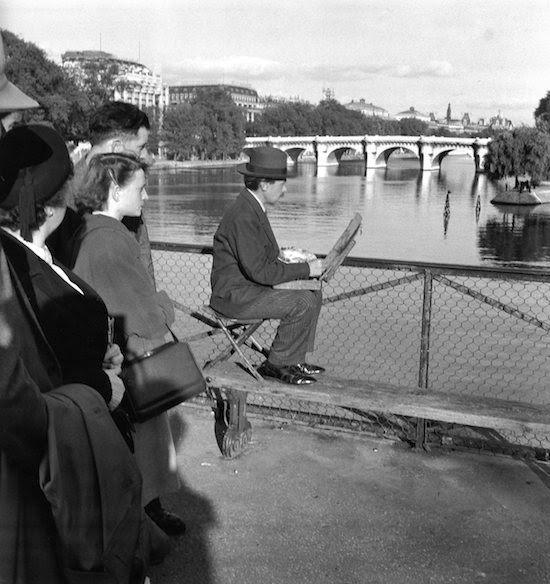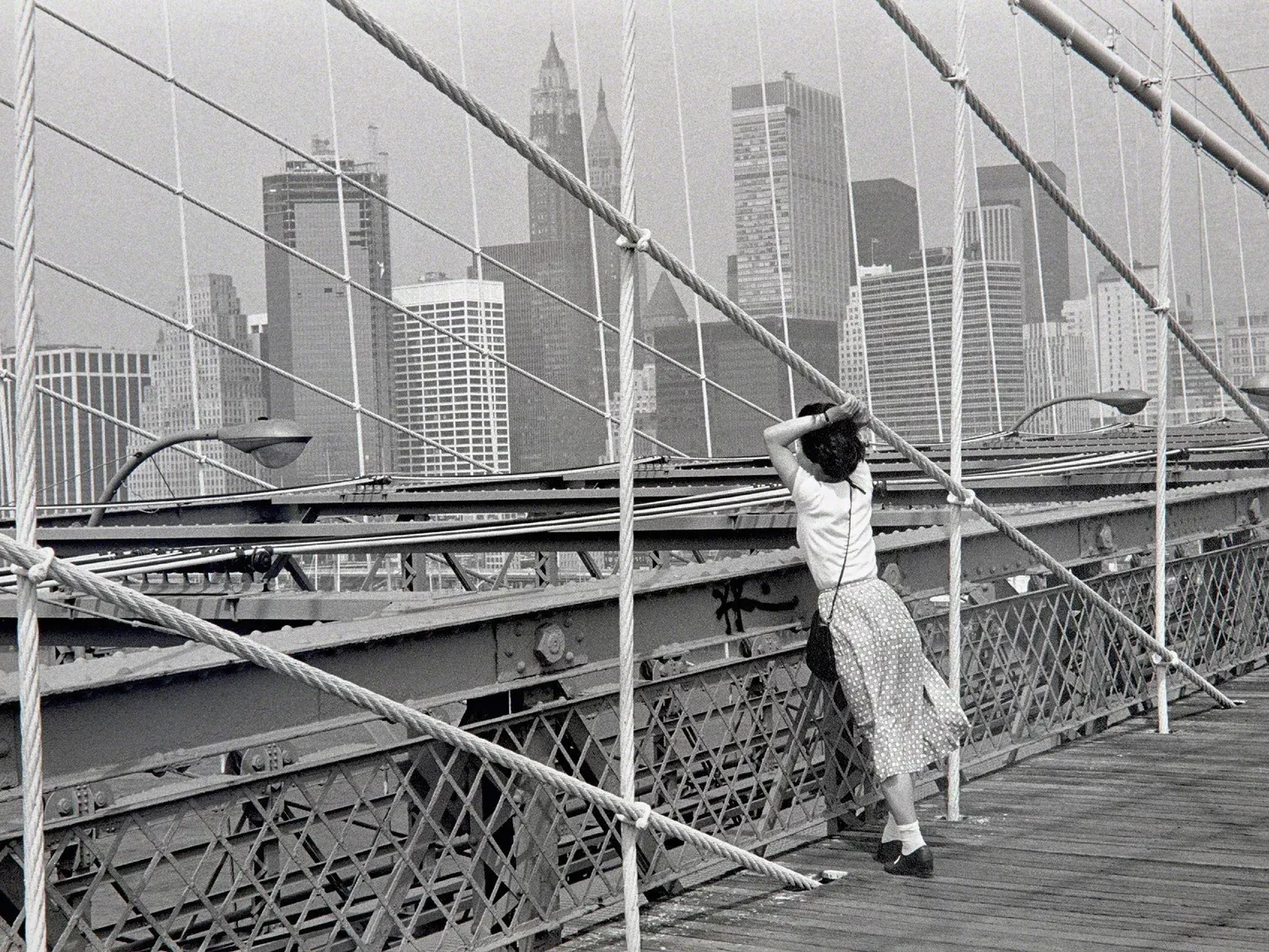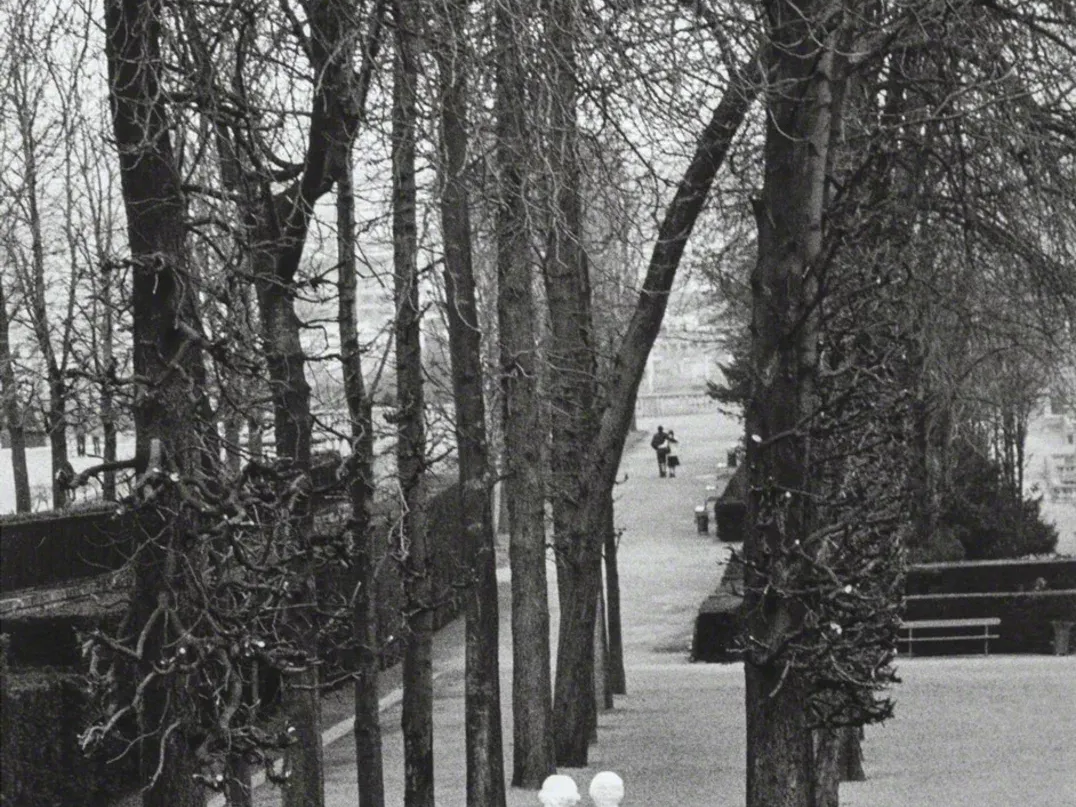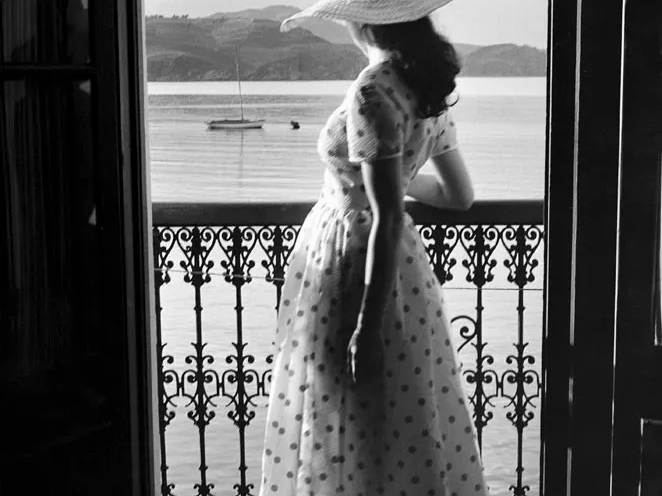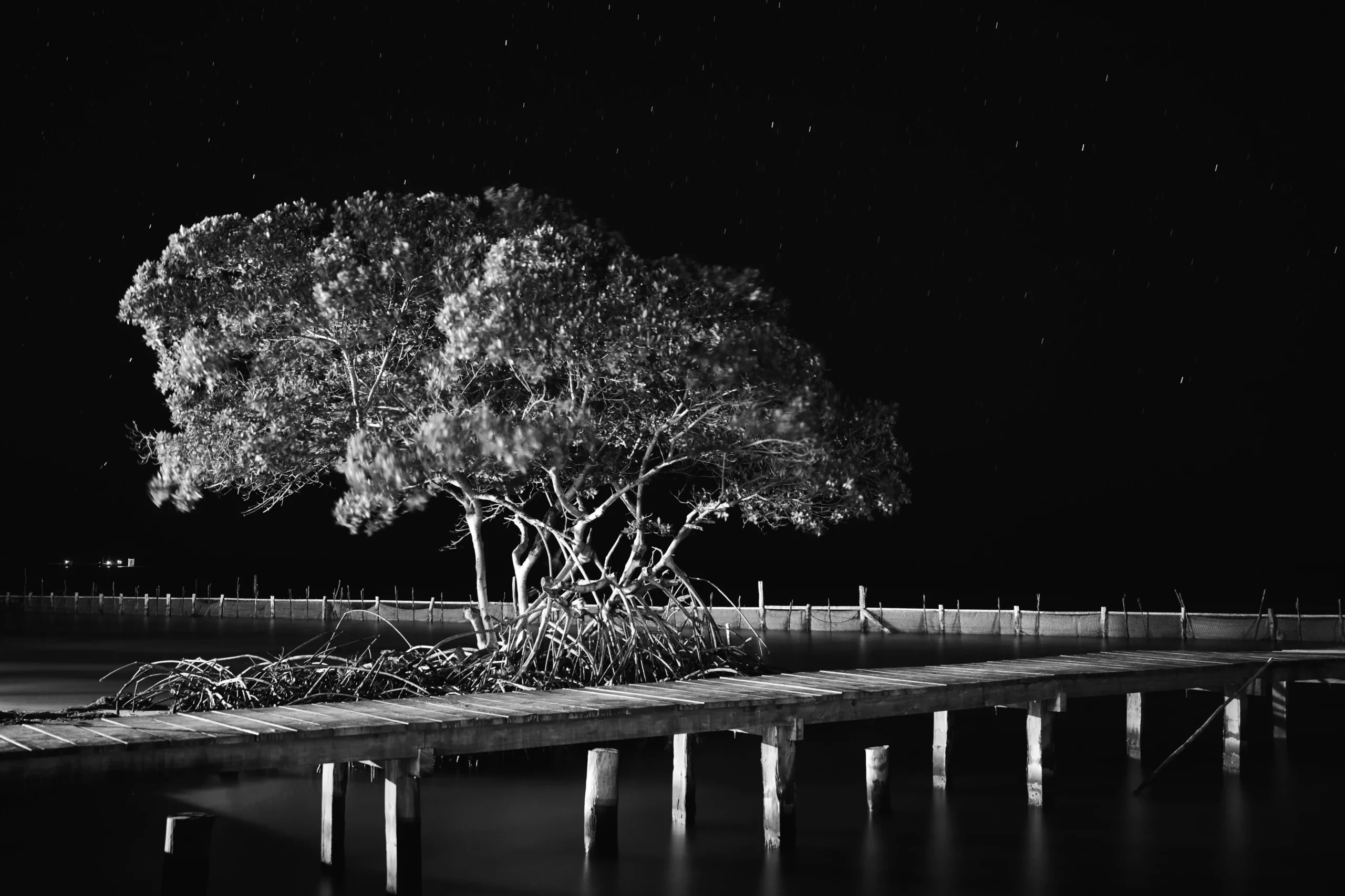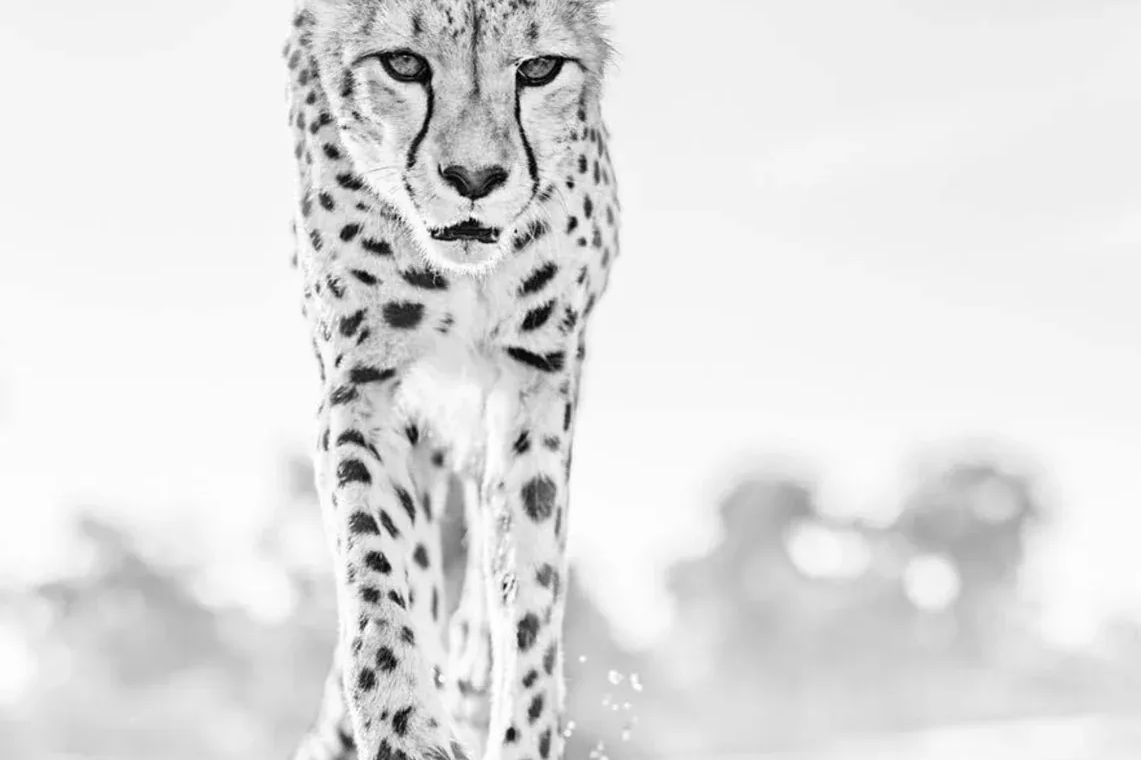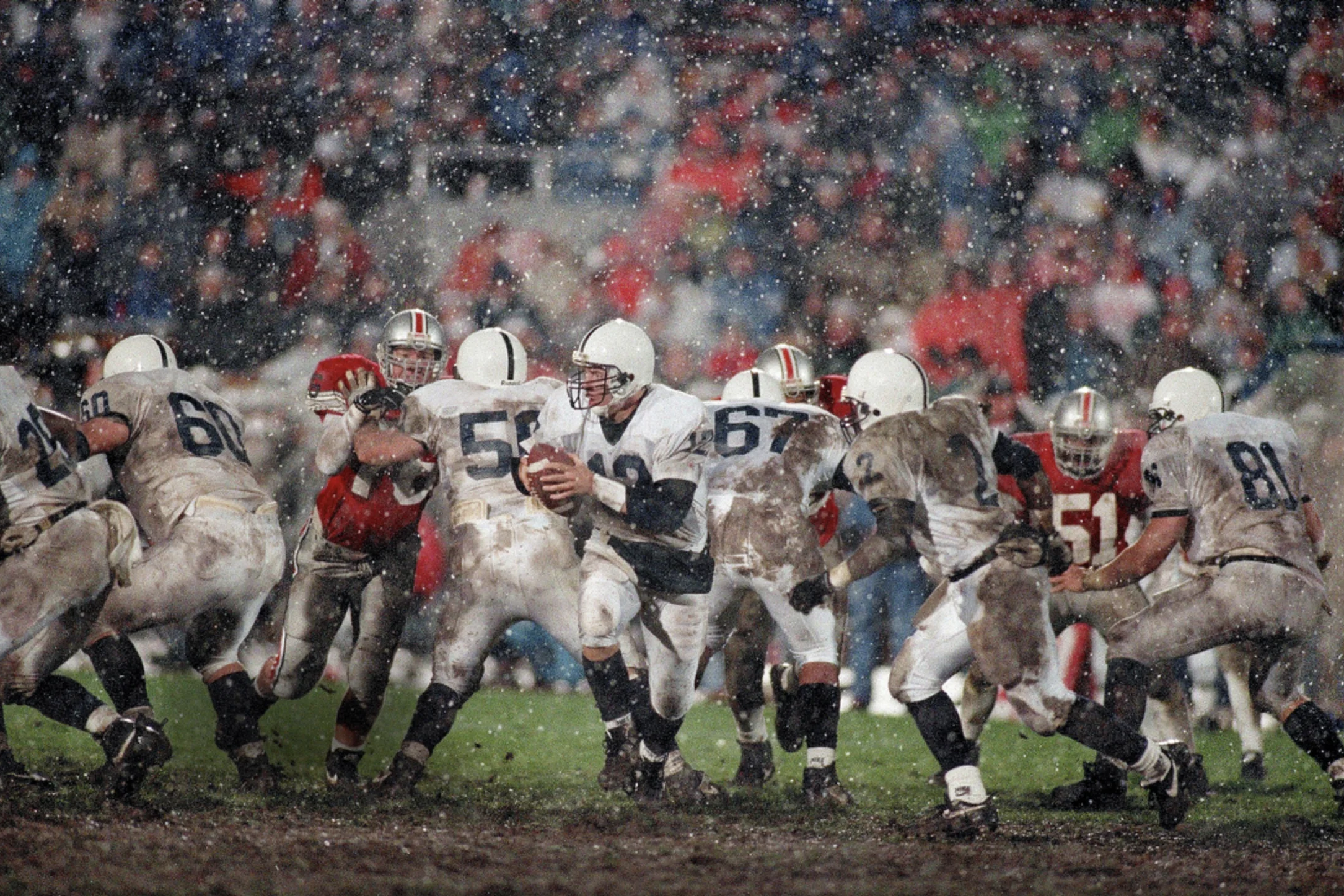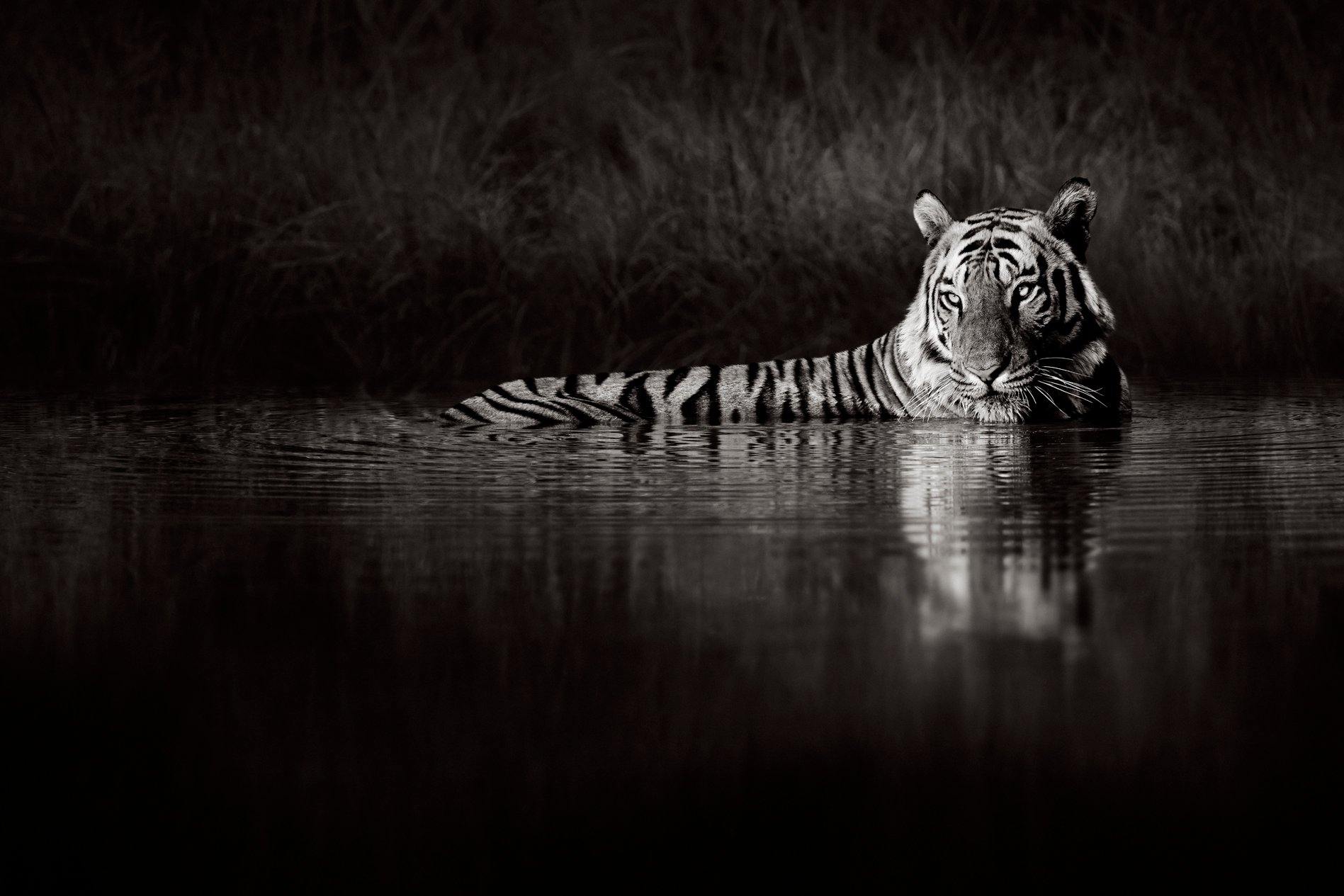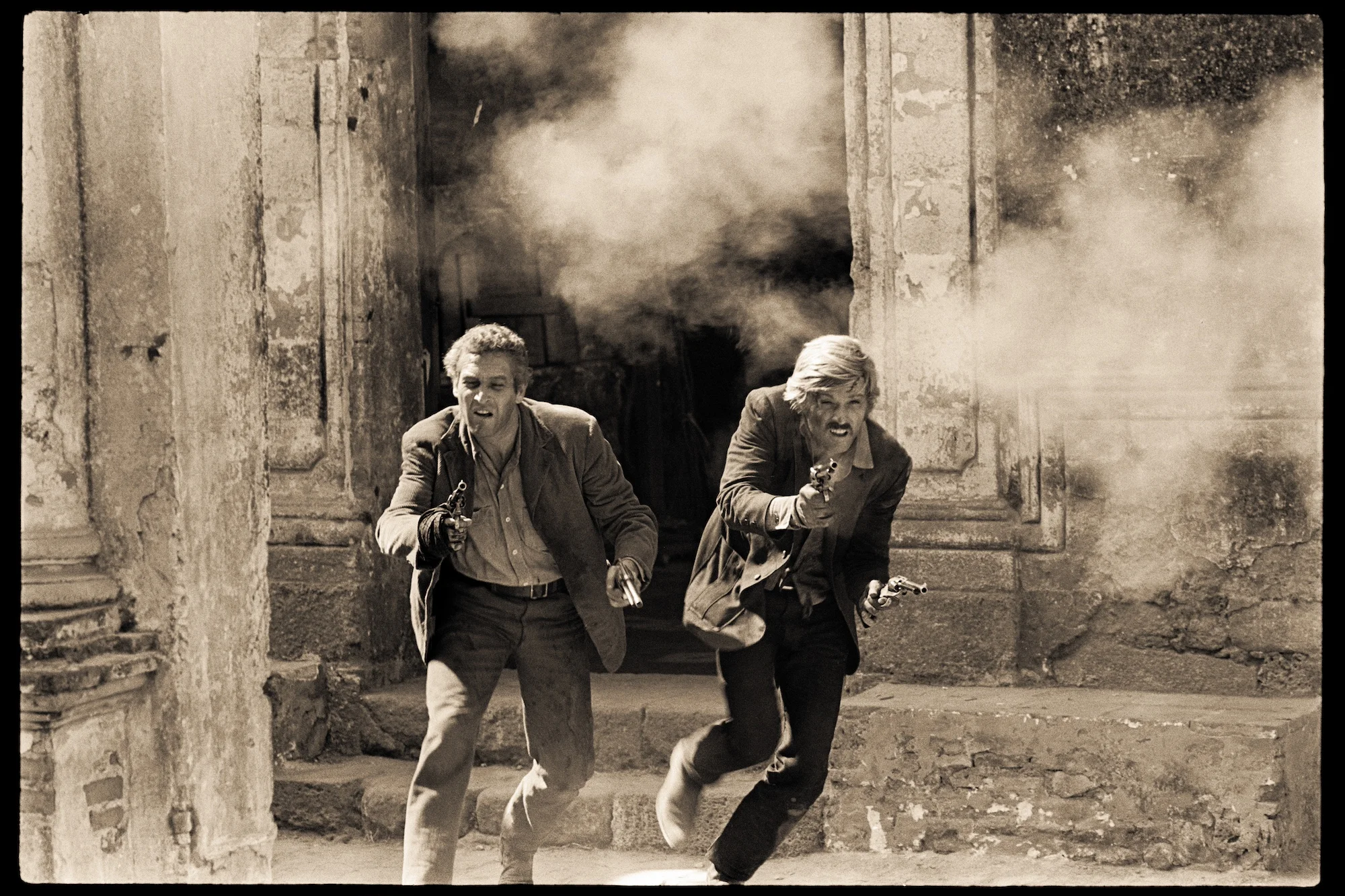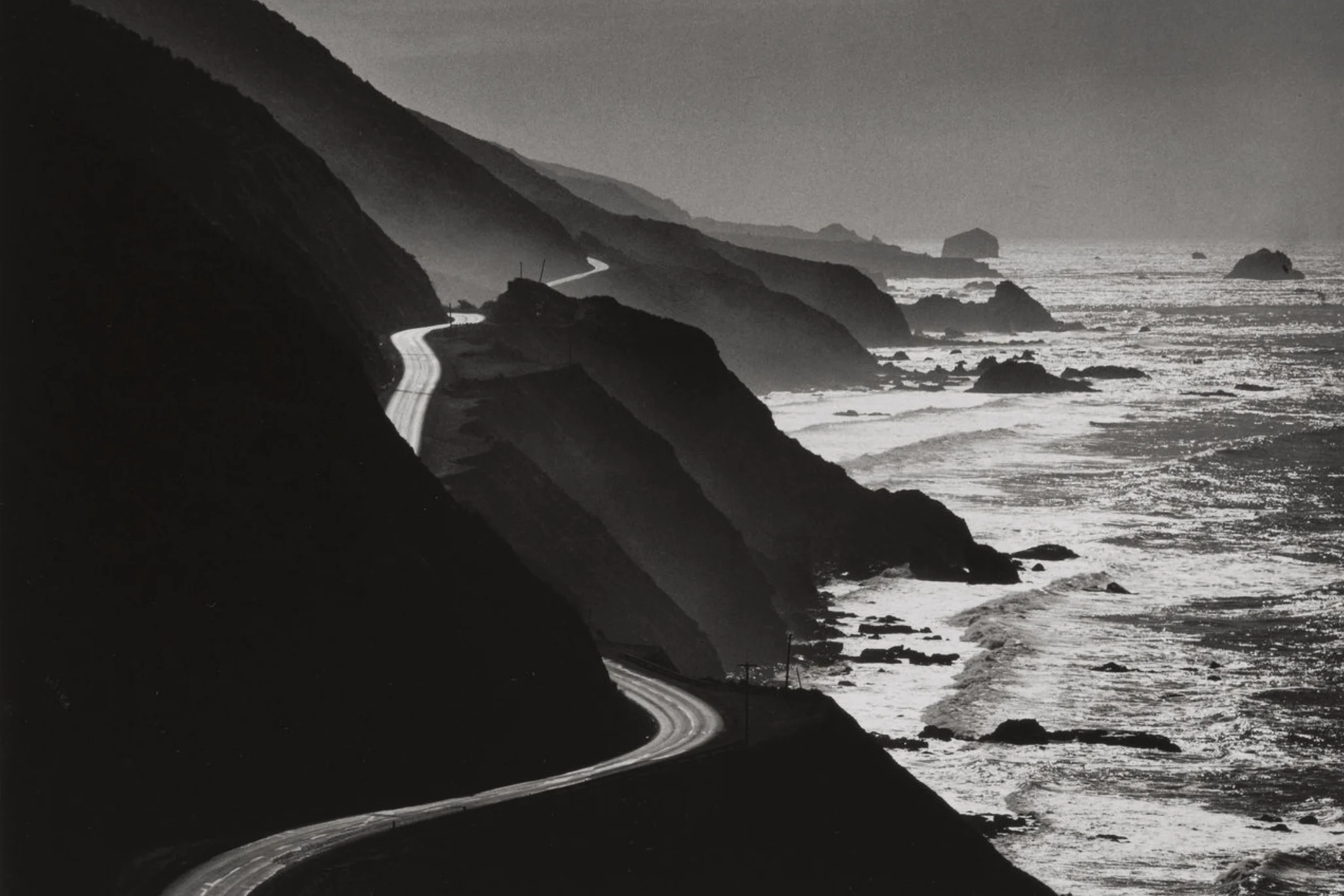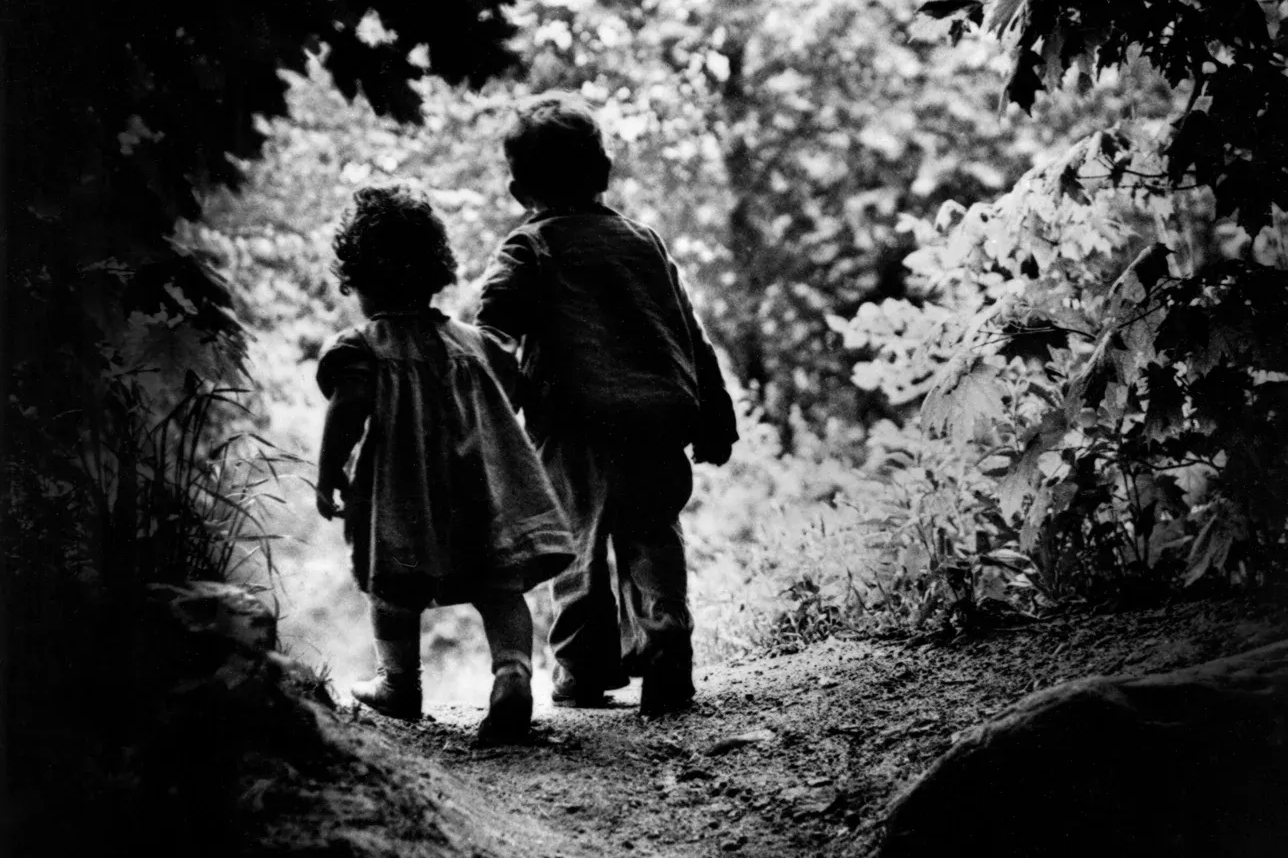Edouard Boubat
(1923–1999)
Edouard Boubat was a French Post-War photographer known for his poetic images of nature, animals, and portraits. Instead of espousing a political agenda, his photographs prioritized the vitality of life without being sentimental. “There is something instinctive about the moment you choose to ‘take’ a photograph,” Boubat said. “It’s not the result of thought or reflection. The strength of the composition is always born of the instant of the decision. It reminds me of archery. There is the tension of the bow and the free flight of the arrow.”
Boubat attended the École Estienne, where he studied to become a photo-engraver, but in 1943, he was called up to serve two years of compulsory labor in a factory in Leipzig, Germany, during World War II by the Nazi regime. Upon his return to Paris in 1946, Boubat sold his six-volume dictionary to fund the purchase of his first camera, a 6×6 Rolleicord. After the war, he gradually established himself as a photographer in Paris and by 1951 was exhibiting alongside Brassaï and Robert Doisneau. Today, his works are held in the collections of The Museum of Modern Art in New York, the Art Institute of Chicago, and the Los Angeles County Museum of Art.
Boubat’s approach to photography was deeply affected by World War II: “Because I know war, because I know the horror, I don’t want to add to it.” After the war, we felt the need to celebrate life, and for me photography was the means to achieve this.” Spanning a 50-year career, Boubat’s photographs do just that. They celebrate the beauty, simplicity, and little things in life. His first professional photograph was taken in the Jardin du Luxembourg in 1946, “Little Girl with Dead Leaves,” a charming and magical shot.
The following year, at the age of 24, Boubat exhibited the picture at the Salon International de la Photographie organized by the Bibliothèque Nationale de France and was awarded the Kodak Prize. It was an amazing start to his career. The same year Boubat met his future wife, Lella, of whom he took some of the most beautiful and emblematic photographs of the 20th century.
In 1950, Boubat’s work was published by the Swiss magazine Camera. Soon after, he became acquainted with the artistic director of the French magazine Réalités. From then on, Boubat traveled the world for the prestigious magazine. His assignments often took him to poor and desolate regions, but Boubat still managed to capture the love and beauty of each subject. His special gift as a photojournalist was finding the common thread that linked the everyday life of people everywhere.
For Boubat, photography meant meeting his fellow man. His images bear witness to the specific relationship he had with his subjects, on which he commented: “We are living photographs. Photography reveals the images within us.”
In 1968, Boubat left Réalités, but continued to work on an independent basis. He tirelessly sought to bring the emotion and beauty of life to our gaze. Considered an heir of Henri Cartier-Bresson’s “decisive moment”, Boubat had a rare talent for capturing the fleeting and magical moments of life that can only be immortalized by the confident eye of a true master.
Boubat died in 1999 in Paris, leaving behind a remarkable collection of photography, on which he often philosophized: “Over a lifetime I have noticed that everything is woven together by chance encounters and special moments,” he said. “A photograph gives you a deep insight into a moment, it recalls a whole world.”


